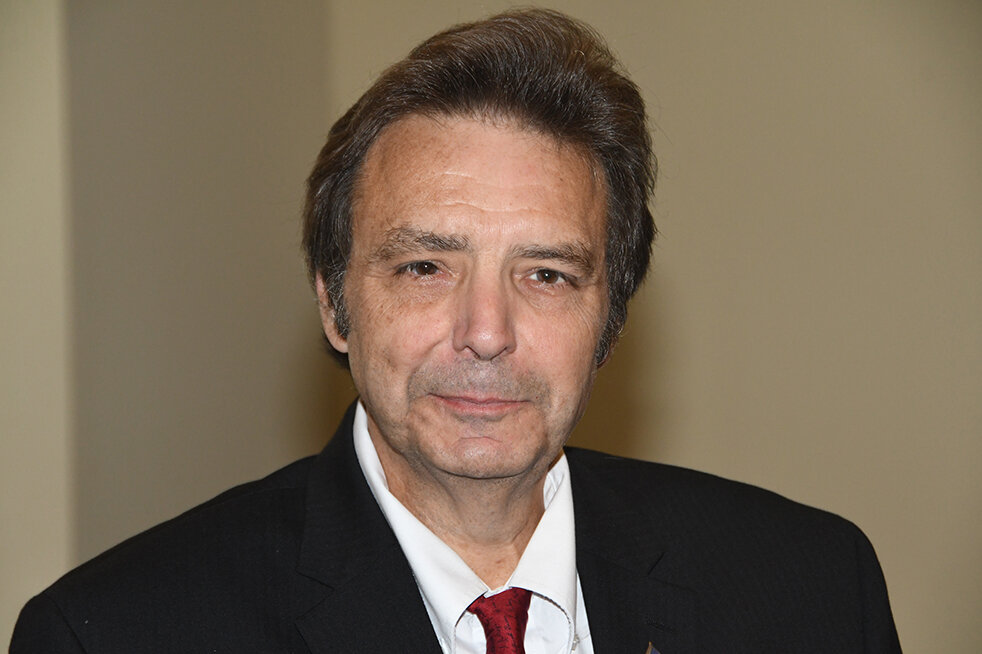Hoff: The mysterious decline of the pocket veto
Dr. Samuel B. Hoff is George Washington Distinguished Professor Emeritus of History and Political Science at Delaware State University. He has taught and published extensively on the presidency and constitutional issues.
The pocket veto, permitting the American president to negate a bill or joint resolution received less than 10 days before a congressional adjournment by not returning the legislation for action, has been referred to as a limited absolute veto. Its inclusion in the Constitution emanates from both not wanting to repeat the all-powerful veto possessed by Colonial governors and not wanting to render the newly created chief executive impotent.
Of the nearly 2,600 presidential vetoes across American constitutional history, 1,066, comprising 41% of the total, have been issued through pocket veto means. Although the tool took time to gain favor — only nine of the first 14 presidents employed it at all and it was utilized only 15 total times through the Franklin Pierce administration — every subsequent chief executive through Bill Clinton save James Garfield applied the pocket veto at least once, and some like Grover Cleveland, Franklin Roosevelt and Dwight Eisenhower, more than 100 times. But none since President Clinton’s single pocket veto, that of the Bankruptcy Reform Act of 2000, in December 2000. Why?
For one, we can track whether a more-friendly partisan composition in Congress has anything to do with the decline in pocket veto use. Logically, presidents should not need to use such a tool against a majority of their own party (Don’t tell that to FDR). However, the findings there don’t support such a phenomenon. In fact, since the beginning of the George W. Bush administration in January 2001, presidents have faced a split-or-opposite-party-controlled Congress for 16 of 24 years, or twice as long as they enjoyed a Congress controlled by their own party. One would think that the pocket veto would be a valuable part of the arsenal, but not so.
Next, we should assess the productivity of various Congresses since Bill Clinton’s exit from the White House, under the assumption that fewer public laws means reduced opportunity for disagreement, hence lower likelihood for utilization of pocket vetoes. Here, we discover inconsistent findings. While the number of public laws averaged more than 600 per Congress since the Richard Nixon years, it tumbled to an average of 443 public laws passed each Congress during the Clinton presidency.
Then Congress upped its two-year average to 454 when George W. Bush held the White House, but the average number of public laws per Congress was just 322 and 393 over the Barack Obama and Donald Trump presidencies, respectively.
Another variable which may be used to explain pocket veto use is unemployment average over an entire administration. High unemployment creates friction between branches of American national government, so low unemployment should do the opposite and stymie pocket veto use.
Unemployment averaged 5.17% for Bill Clinton. Because the average unemployment rate for the next two presidents after Clinton increased — George W. Bush at 5.31 and Barack Obama at 7.44 — it should have led to more pocket vetoes, not fewer, although the rate did decrease for Donald Trump to 5.04. Still, zero pocket vetoes.
Going further, pocket veto employment has elicited a plethora of legal controversies, with the main disagreement over whether the president can issue a pocket veto during a short recess of Congress or at the end of the first year in a two-year session. Perhaps presidents have been worn out by the court challenges. There is some support for that proposition: two of three U.S. Supreme Court rulings since 1929 on the pocket veto have gone against the president, as have two of three U.S. District Court holdings and two U.S. Court of Appeals decisions. However, the last major legal challenge to the pocket veto happened when Ronald Reagan was in the White House.
Could there have been something unique about the Bill Clinton’s only pocket veto in 2000 and the last one issued by an American president? The legislative record does not point to a process which would have convinced subsequent presidents to forgo using the pocket veto ever again. The bill at stake was controversial, as it sought to limit state laws protecting borrowers from creditors. The Clinton White House clearly signaled its intention to veto the bill. Ultimately, it took too long between House and Senate passage, and Congress adjourned in a time frame which allowed the pocket veto to occur.
Finally, we are left with the proposition that presidents may have replaced constitutional tools like the pocket veto with extra constitutional devices. Talk of the unilateral or unitary presidency has been rampant over the last two decades. Whether it is through mundane ways like executive orders or signing statements, or through more obvious methods such as declaration of emergency powers or national security “findings,” presidents have ignored some of their Article II-imbued authority in favor of quicker and less transparent devices.
Of course, Congress hasn’t just sat around while employment of informal executive powers has increased. Such legislative tactics as permanently staffing during a recess and from one session of a Congress to the next certainly could have contributed to the precipitous decline in pocket veto issuance as well.
Unfortunately, none of the aforementioned explanations is valid on its own to account for the virtual disappearance of presidential pocket veto use.
Even for an aged political scientist — whose job for 40 years has been to find regularities, trends and patterns in political data — there is still some uncertainty and unknown. As with our presidents.
Reader reactions, pro or con, are welcomed at civiltalk@iniusa.org.







